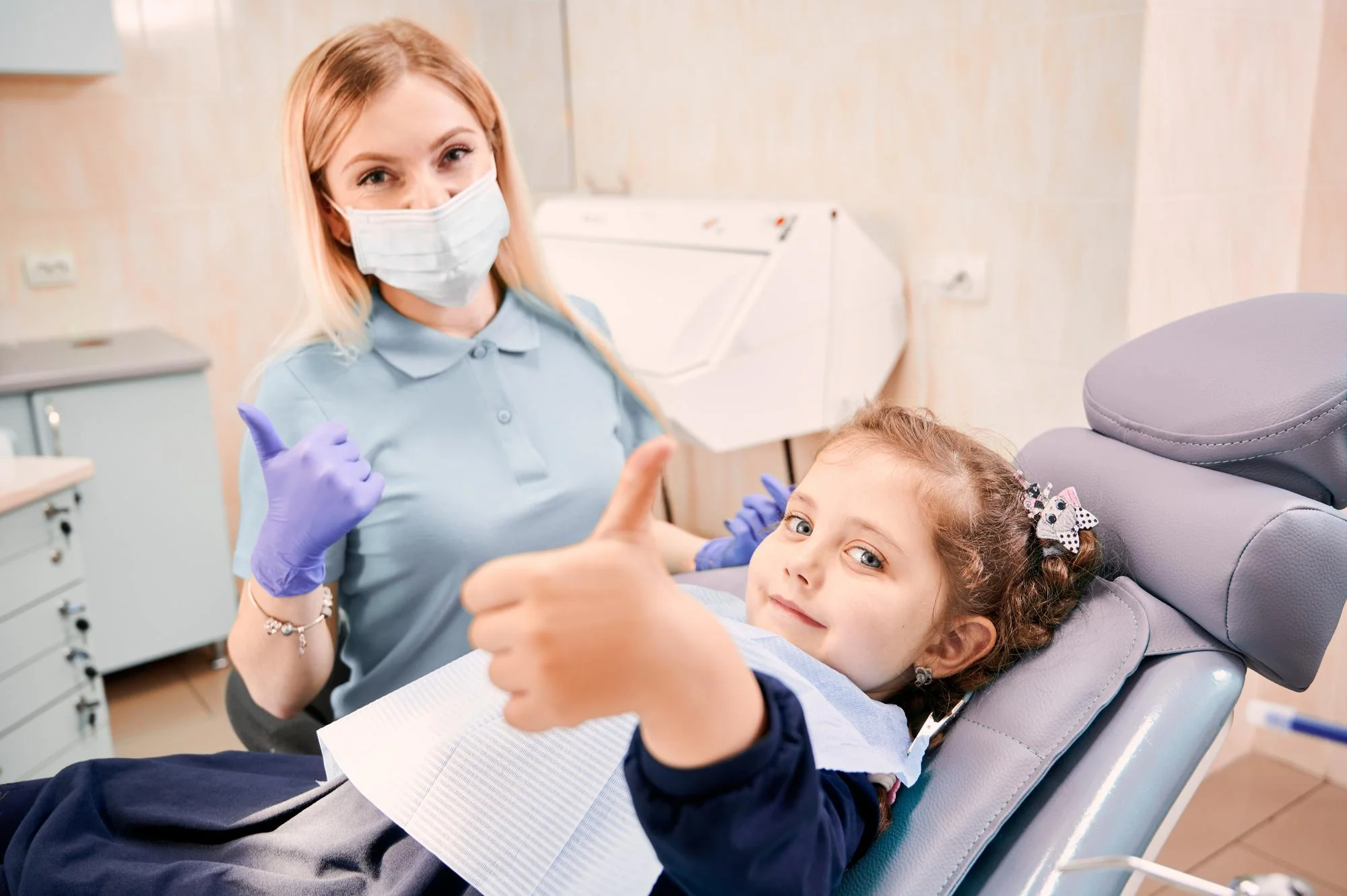
Dental anxiety in children is not a trivial matter of simple nervousness; it is a pervasive, often paralyzing fear that can initiate a destructive cycle of avoidance, delayed treatment, and eventual severe oral health crises. This fear, importantly, is rarely innate. Instead, it is frequently a learned response, absorbed through various channels, most often stemming from negative external influences: an older sibling’s frightening anecdote, a parent’s own poorly managed dental phobia, or the impact of a single, poorly handled initial visit characterized by pain or lack of control. Addressing this anxiety effectively requires parents and practitioners to acknowledge the complexity of the child’s emotional landscape and employ strategies that systematically dismantle the negative associations built around the clinic environment. The goal shifts from merely completing the procedure to prioritizing the emotional integrity of the child throughout the entire process, fundamentally reshaping their perception of dental care for a lifetime.
Instead, it is frequently a learned response, absorbed through various channels, most often stemming from negative external influences
The most powerful tool in a parent’s arsenal for minimizing pre-appointment anxiety is the practice of positive, non-alarmist communication. Before the visit, language should be carefully curated to avoid any words associated with pain, injury, or force, such as “drill,” “shot,” “hurt,” or “pull.” Instead, the conversation should focus on positive, neutral, and curiosity-driven terms. The appointment is not a “check-up” but a “tooth-counting adventure”; the mirror is a “tooth telescope,” and the suction is a “Mr. Thirsty” that helps the dentist keep the mouth clean. This substitution of clinical terminology with child-friendly metaphors is a form of desensitization that removes the emotional weight from the unknown, allowing the child to approach the experience with curiosity rather than dread.
The Parent’s Arsenal: Positive, Non-Alarmist Communication and Metaphorical Language Substitution
The choice of the right pediatric dental environment is a critical, often decisive, factor in determining the child’s long-term comfort level. Pediatric dentists and their staff are specifically trained to manage the unique behavioral and emotional needs of children, utilizing specialized furniture, engaging decor, and specific child-friendly distraction techniques that are usually unavailable in a general practice setting. The environment itself should be viewed as a therapeutic tool, designed to elicit comfort and curiosity rather than sterility and fear. A clinical setting that is bright, playful, and utilizes sensory elements can dramatically lower the initial activation of the child’s fear response, signaling that this is a safe, friendly space tailored specifically for their needs.
The environment itself should be viewed as a therapeutic tool, designed to elicit comfort and curiosity rather than sterility and fear.
A highly effective, evidence-based strategy employed by pediatric specialists is the Tell-Show-Do (TSD) technique. This systematic method aims to remove the fear of the unknown by giving the child complete, predictable control over the interaction. First, the dental professional Tells the child exactly what will happen using simple, non-threatening language (“I am going to count your teeth with a little mirror”). Next, they Show the child the actual instrument and demonstrate its safe use (e.g., showing the child the slow speed handpiece on their own finger to demonstrate it only tickles, or letting them feel the air/water syringe). Finally, they Do the procedure as explained. This deliberate sequence establishes trust and allows the child to mentally prepare for the sensory experience, significantly reducing the likelihood of a startled or resistant reaction.
Predictable Control: Utilizing the Tell-Show-Do (TSD) Technique to Remove the Fear of the Unknown
For children who exhibit moderate to high levels of anxiety, the strategic introduction of cognitive distraction techniques can dramatically re-route their focus away from the anxiety-provoking elements of the procedure. Distraction should be a tailored, immersive experience. This might involve allowing the child to wear headphones and listen to a favorite story or song, utilizing ceiling-mounted televisions to watch a captivating cartoon, or engaging them in a focused conversation about a topic they love (e.g., a favorite video game or hobby). The key is that the distraction must be powerful enough to fully occupy the child’s cognitive resources, preventing their mind from dwelling on the unpleasant sounds, sensations, and smells of the dental treatment.
The key is that the distraction must be powerful enough to fully occupy the child’s cognitive resources, preventing their mind from dwelling on the unpleasant sounds, sensations, and smells
Another powerful behavioral strategy is the establishment of a control signal or stop mechanism. Giving the child the absolute, unquestioned power to halt the procedure is the ultimate antidote to the feeling of powerlessness that fuels dental fear. The child is explicitly instructed to raise their non-dominant hand whenever they feel uncomfortable, need a break, or simply want the dentist to stop, with the explicit promise that the clinician will immediately cease work. This seemingly small gesture fundamentally shifts the dynamic of the encounter, transferring authority to the child. The knowledge that they can stop the treatment at any moment is often enough to eliminate the panic response entirely, empowering them to allow the procedure to continue.
The Ultimate Antidote: Establishing a Control Signal or Stop Mechanism for Unquestioned Authority
For complex or lengthy procedures where high anxiety is unavoidable, the controlled, monitored use of inhalation sedation (nitrous oxide) represents a medically safe and reversible option. Nitrous oxide, commonly known as “laughing gas,” does not induce sleep but rather creates a state of conscious sedation, promoting relaxation, reducing sensitivity to pain, and altering the perception of time. It is a highly favored tool in pediatric dentistry because its effects are predictable, easily adjustable, and rapidly reversible after the mask is removed. The critical component is the delivery: the nurse or assistant must make the experience positive, referring to the mask as a “space helmet” or “silly nose” and ensuring the child is comfortable with the sensation before any work begins.
Nitrous oxide, commonly known as “laughing gas,” does not induce sleep but rather creates a state of conscious sedation, promoting relaxation
The sensory environment of the dental office, particularly the smells, can trigger visceral anxiety responses in children. The distinctive scent of eugenol, latex, or certain disinfectants is strongly associated with the negative experiences the child is trying to avoid. Proactive steps to mask these odors with appealing, non-irritating alternatives is a subtle but potent tool for anxiety reduction. Utilizing pleasant aromatherapy diffusers with scents like lavender, vanilla, or citrus in the waiting room and treatment areas can help override the negative olfactory associations. This modification of the sensory field helps to create a clinic experience that appeals to comfort rather than activating fight-or-flight responses.
Modifying the Sensory Field: Proactively Masking Clinical Odors with Appealing Aromatherapy
Beyond the treatment chair, the reinforcement of positive behavior and coping must continue after the visit is complete. Parents should avoid the temptation to over-reward with excessive treats or financial incentives, as this inadvertently sends the message that the experience was inherently negative and required a large compensation. Instead, the focus should be on verbal praise and non-material recognition of the child’s bravery, cooperation, and successful use of their coping strategies (“I am so proud of how you used your stop hand,” or “It was so smart of you to watch the show the whole time”). This positive reinforcement cements the idea that they successfully navigated a challenge, building resilience rather than dependency on external rewards.
This positive reinforcement cements the idea that they successfully navigated a challenge, building resilience rather than dependency on external rewards.
Ultimately, successful management of childhood dental anxiety hinges on the commitment to a de-escalation framework—a continuous, collaborative effort between the parent and the pediatric dental team to ensure that the child’s emotional needs are met alongside their clinical needs. The goal is to move beyond mere compliance (forcing the child to endure the appointment) to achieving cooperation (the child willingly participating in the care). This approach not only ensures that dental work is completed today but, more importantly, prevents the development of a lifelong dental phobia, securing their commitment to proactive oral health maintenance for decades to come.
The De-Escalation Framework: Prioritizing Cooperation Over Mere Compliance for Long-Term Health
Managing dental anxiety requires a collaborative strategy: parents use positive language and predictability, while the dental team uses the Tell-Show-Do technique, control signals, and appropriate sedation to foster trust and ensure the child willingly participates in their care.
